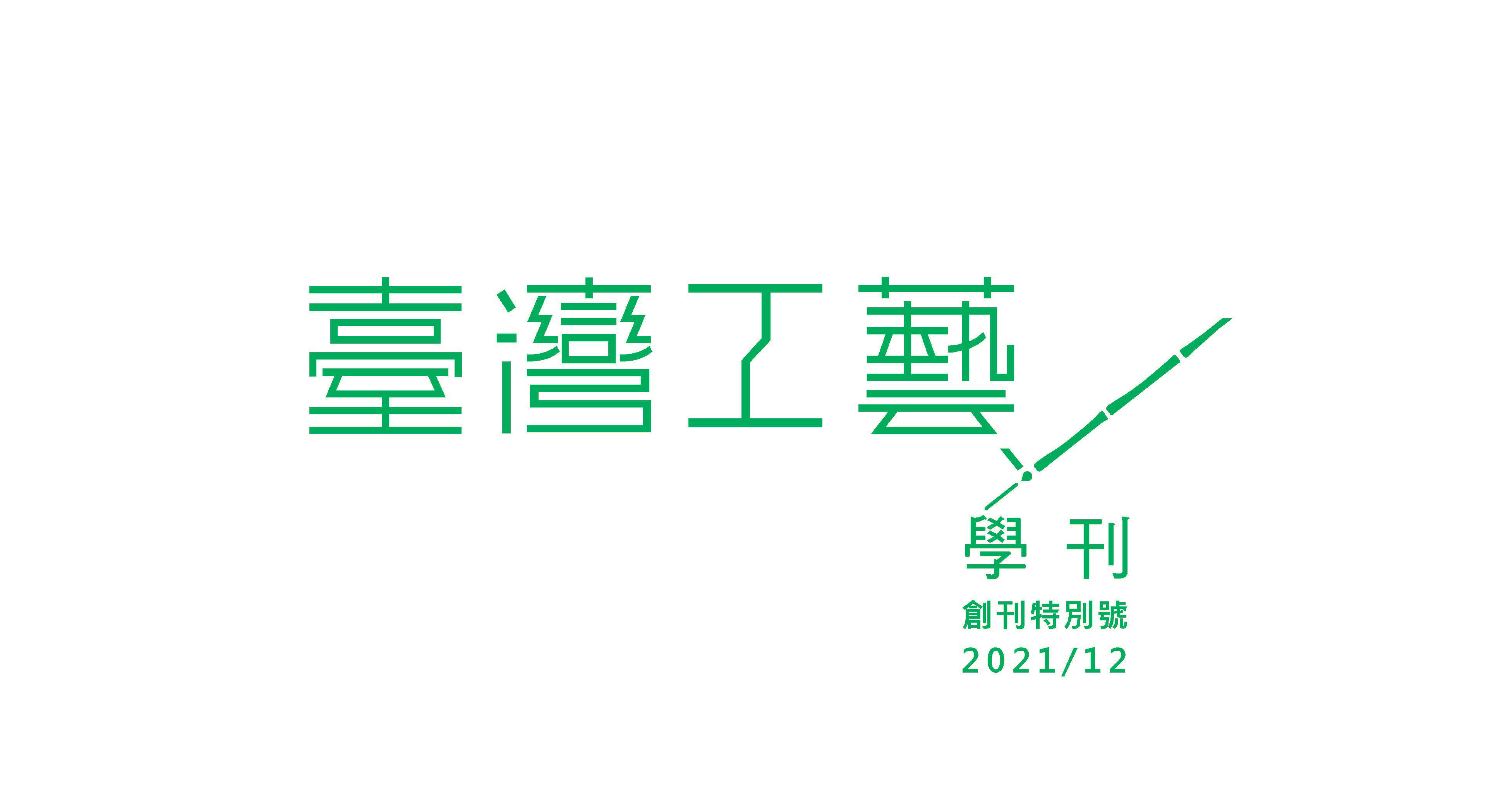前期出版
前期出版
頁數:﹣
從振興工藝品.民藝啟蒙到生活文化振興
The Revitalization of Crafts, Enlightenment in The Mingei (fork crafts), and Rejuvenation of Living Culture
研究論文
作者(中)
林承緯
作者(英)
Lin Cheng-wei
關鍵詞(中)
臺灣工藝、柳宗悅、產業工藝、生活文化振興、日治時期
關鍵詞(英)
Taiwanese crafts, YANAGI Muneyoshi, Industrial crafts, Rejuvenation of Living Culture, Taiwan under Japanese rule
中文摘要
回顧臺灣的工藝發展歷程,戰前 50 年可謂承先啟後的重要關鍵時期。然而,在面對這段歷史,過去多以殖民政權推行殖產興業、殖民化,在臺灣的工藝傳統置入產業機制,藉此經營達到資源剝奪、帝國獲利的終極目標來加以理解。一方面,因日治晚期的皇民化、同化等殖民政策的橫行,讓臺灣工藝發展遭打壓迫害的論調也頗為普遍。這些已成為論斷日治臺灣工藝發展的定論之見,近來隨著社會環境與民智漸開,在看待戰前時空的史觀有所轉變下,轉而以殖民當局雖側重經濟利益,但對產業發展造就的近代化進程予以評價。臺灣結束日本統治至今已七十餘年,只不過,造就現今臺灣工藝發展背後的產業環境、技術培育、產銷機制,甚至振興措施產銷機制,有相當的成份源自這段歷史。有鑑於至今為止,對日治時期工藝發展的研究深化仍有待開發,加上近期有相當的史料文獻彙整問世,以及論述工藝史知識體系也逐漸成熟。本論將運用日治臺灣工藝產業相關史料文獻,以工藝品振興、民藝啟蒙到生活文化振興三大工藝發展時序為軸心,重新探究日治臺灣工藝的發展始末。從山本鼎、國井喜太郎到柳宗悅等以農民美術、工藝指導、民藝運動活躍於日本的專家訪臺,促使臺灣總督府的產業政策在這些外來專家的指引下校正調整。日治臺灣工藝朝向振興之路的過程,在官也有民的推動引導間,透過展覽、銷售、座談、講習等振興措施,逐漸走出一條符合社會生態且貼近產業現實的工藝活路。
英文摘要
The 50-year period before the war marked a transition point for the development of crafts in Taiwan. In the past, this part of history was described and understood as the colonization of people and industrial production by a colonial regime, which established an industrial mechanism for the tradition of crafts in Taiwan and absorbed resources for the profit of the empire. On one hand, it is commonly mentioned how policies, such as Japanization and assimilation, had an oppressive effect on Taiwan crafts. This has since been the accepted record on the development of Taiwan crafts during Japanese rule. However, an open-minded examination of the period in this current social environment has altered the historical perspectives before the war. The current discussions tend to focus on the attainment of industrial modernization, despite the colonial government’s emphasis on economic output.
It has now been more than seven decades since Japanese colonial rule ended in Taiwan. However, behind the current state of the crafts industry, a significant background of the industrial environment, technical cultivation,production, marketing mechanisms, and even measures for revitalization all originated from the Japanese colonization period. In Taiwan, research topics on the development of crafts under Japanese colonial rule call for further exploration. In addition, a significant amount of relevant historical data has recently come to light. The environment for a discourse on crafts history information has also matured. Drawing from historical archives on Taiwan’s crafts industry under Japanese colonial rule, this study re-examines crafts development during that period, focusing on three stages of evolution: the revitalization of crafts, inspirations in folk art, and the rejuvenation of living culture. It started from the arrival of well-known, expert Japanese craftsmen in Taiwan, including Kanae Yamamoto, Kitaro Kunii, and Yanagi Muneyoshi, which prompted the Government-General to adjust their industrial policies based on expert guidance. Taiwan’s craft revitalization during the Japanese colonial period, guided by governmental and private efforts, gradually developed industrial aspects that connected with the society with exhibitions, marketing programs, forums and lectures.
It has now been more than seven decades since Japanese colonial rule ended in Taiwan. However, behind the current state of the crafts industry, a significant background of the industrial environment, technical cultivation,production, marketing mechanisms, and even measures for revitalization all originated from the Japanese colonization period. In Taiwan, research topics on the development of crafts under Japanese colonial rule call for further exploration. In addition, a significant amount of relevant historical data has recently come to light. The environment for a discourse on crafts history information has also matured. Drawing from historical archives on Taiwan’s crafts industry under Japanese colonial rule, this study re-examines crafts development during that period, focusing on three stages of evolution: the revitalization of crafts, inspirations in folk art, and the rejuvenation of living culture. It started from the arrival of well-known, expert Japanese craftsmen in Taiwan, including Kanae Yamamoto, Kitaro Kunii, and Yanagi Muneyoshi, which prompted the Government-General to adjust their industrial policies based on expert guidance. Taiwan’s craft revitalization during the Japanese colonial period, guided by governmental and private efforts, gradually developed industrial aspects that connected with the society with exhibitions, marketing programs, forums and lectures.



